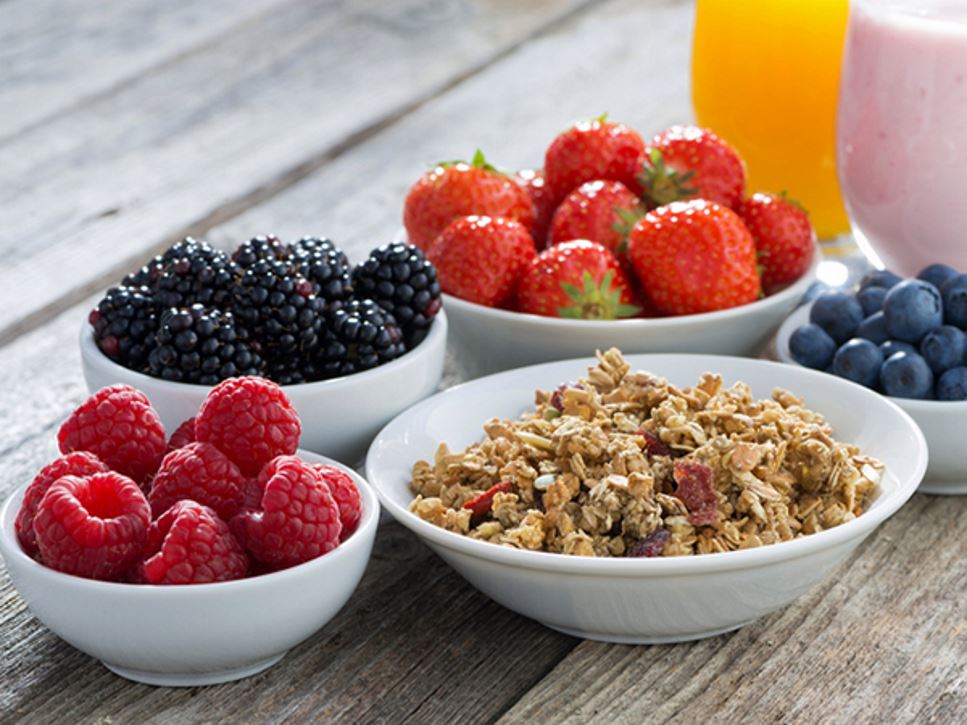Do you find yourself skipping breakfast? Or, maybe, you find yourself getting jitters from too much coffee? It might be time to kick those habits to the curb. Here's a guide to help you get started.
Eat Breakfast
There's no better way to start your morning than with a healthy breakfast. Providing your body with a morning meal gives it energy to power your muscles as well as your brain! Prevent brain fog and increase your focus by keeping your brain fed.
The key to a good breakfast is balance. Include lean protein, whole grains and fresh, frozen or canned fruits and vegetables. For example, oatmeal with low-fat milk or fortified soy milk, sliced almonds and berries or scrambled eggs or tofu with mixed veggies and a slice of whole-wheat toast.
Cut Back on Caffeine
Too much caffeine can interfere with sleep, making you jittery. It also can cause you to lose energy later in the day. Limit your caffeine intake by skipping energy drinks and keeping regular coffee to 3 cups or less per day.
Need to wean off? Try switching to half decaf or tea. Drink plenty of water and eat small, frequent meals to keep up energy.
Bring Lunch to Work
How do you make bringing lunch to work easy? The first step is to plan ahead. Think through what you want for lunch and add those foods to your grocery list. Stock your fridge with tasty, satisfying foods to set yourself up for success.
You could try batch cooking and meal prep on the weekend, so you don't have to make lunch every morning. This could include baking chicken, chopping veggies and steaming rice. Make sure your options include a combination of lean protein and carbohydrates, for example: whole-grain bread with turkey, veggies and a piece of fruit. Or, try a salad with veggies and beans, a piece of fruit and a cup of barley soup.
Eat More Fruits and Vegetables
Fruits and veggies provide color, flavor and texture. They also add vitamins, minerals and fiber to your plate. Consider picking one fruit or veggie you've never tried each time you go to the grocery store as fun way to discover new options. Who knows, you might find a new favorite!
Don't let winter stop you from enjoying produce either. It might be harder to find fresh options, but frozen and canned are great alternatives.
Cook Dinner at Home
Making meals at home doesn't have to zap the last bit of your time and energy. The trick is to plan ahead. Choose options you can make in advance. For example, cook a batch of soup you can portion out for lunches or dinner during the week, or bake a whole chicken to slice for sandwiches, wraps and casseroles.
Use shortcuts such as pre-cut or frozen veggies and keep staples on hand such as broth, herbs and lemons for flavoring and salad dressings. A quick and easy idea is to turn leftover beef into stew with beans, no-salt-added diced tomatoes and pre-cut veggies.
References
Find a Nutrition Expert
Looking for credible nutrition information and recommendations? The Academy of Nutrition and Dietetics' network of credentialed food and nutrition practitioners are ready to help!

